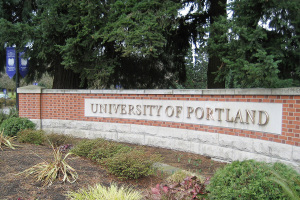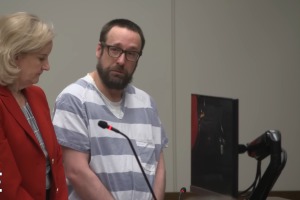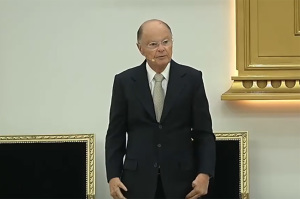Christian Monastery With Prayer Room, Intricate Cross Mosaics Discovered in Southern Israel
The Israel Antiquities Authority announced Tuesday that it has uncovered a "spectacular" 1,500-year-old Byzantine monastery, complete with a prayer hall and intact floor mosaics, in southern Israel. The monastery, suspected of being used for Christian worship in the 6th century, was discovered as part of a salvage excavation before construction of a new highway in the Negev Desert.
The IAA said Tuesday that the Byzantine structure is 65 feet by 115 feet, and has four rooms, including a prayer hall and a dining room. The floors of the structure are lined with intact, colorful mosaics featuring classic Byzantine motifs, including flora, animals, baskets, and geometric patterns mixed in with blue, green, yellow, and red colors. The blue and red are historically associated with Christianity, but the green and yellow colors are more rare, perhaps indicating the stones that were regionally available at the time.
The mosaics also contained discretely hidden cross images meant to represent Christianity. The crosses were hidden into the design of the mosaics in order to honor an edict that prohibited crosses from being artistically created on floors where they would be easily stepped on.
According to Haaretz, each room of the monastery includes an inscribed dedication to one of the monastery's leaders, as well as the date that the mosaicked floor was completed. The monastery was discovered in the small village of Hura, in the Negev Desert.
Daniel Varga, director of the monastery excavation, said in a press release that the finding is "spectacular," adding that the detailed mosaics are unusual for that area of southern Israel. "It seems that this monastery, located near the Byzantine settlement of Horbat Hur, is one monastery in a series of monasteries situated alongside a road that linked Transjordan with the Be'er Sheva' Valley," Varga stated.
Excavators also uncovered glass, coins and pottery pieces from the monastery, which is suspected to have been used for Christian worship during the 6th century. Portions of the structure also contained small cavities where presumably mud and water drained when the monastery's floors were cleaned.
According to Discovery News, the monastery was discovered as part of a salvage excavation, when archaeologists in artifact-rich areas search for possible relics before construction is able to begin. The site was originally going to be constructed into an interchange for Highway 31 going through the Negev Desert.
Fox News states that the monastery and mosaics will be relocated to the Wadi 'Attir agricultural and tourism project, near Hura.





























